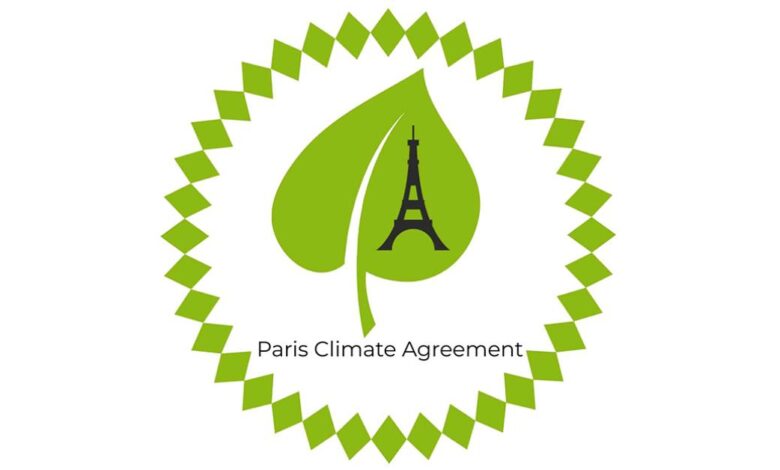UN Tightens Carbon Credit Rules to Boost Trust in Global Climate Market

The UN Supervisory Body behind the Paris Agreement Crediting Mechanism (PACM) has adopted two landmark standards aimed at ensuring carbon credit projects truly reduce emissions and align with global climate goals. These new rules, passed at a recent high-level meeting, are expected to enhance the integrity of carbon markets and foster trust in international climate cooperation.
PACM allows countries and private actors to collaborate on emission-reducing projects and earn carbon credits that can be traded globally. But until now, gaps in how emission reductions were calculated threatened to undermine its credibility. The newly adopted standards mark a critical shift.
The first standard outlines how to set a baseline, or reference point, for estimating emissions that would have occurred in the absence of a project. This includes a mandatory downward adjustment—starting with a 10% reduction below business-as-usual levels, followed by at least a 1% annual decrease. These measures are designed to prevent over-crediting and ensure that reductions are genuine and in line with net-zero ambitions.
The second standard deals with leakage, or unintended increases in emissions elsewhere due to a project’s implementation. It mandates that project-level REDD+ (Reducing Emissions from Deforestation and Forest Degradation) activities must align with national REDD+ strategies, helping integrate local efforts into broader national plans and enhancing transparency.
“These decisions finally ensure that crediting levels are set consistently with a pathway to net neutrality,” said Martin Hession, Chair of the Supervisory Body. He noted that the standards help set a solid foundation for operationalizing PACM by guiding developers, reassuring host countries, and establishing expectations for real climate impact.
Vice Chair Maria AlJishi emphasized that the new standards provide clarity for project developers to begin designing initiatives that comply with the Paris Agreement and meet environmental and regulatory expectations.
Other key outcomes from the meeting include:
-
A focus on equitable benefit-sharing with host countries
-
Strengthening capacity building for participating nations
-
Guidance for transitioning legacy cookstove projects to updated methodologies
While the groundwork is now in place, the Supervisory Body anticipates a temporary shortfall in funding, as fewer than expected Clean Development Mechanism (CDM) projects are transitioning to PACM. The Body will monitor this closely and report to the Parties under the Paris Agreement.
The decisions taken mark a pivotal step in making international carbon crediting more transparent, accountable, and fit for purpose in a rapidly warming world. The Supervisory Body will now shift focus to finalizing other components of the mechanism, including methodologies, operational tools, and a full-fledged carbon credit registry.




